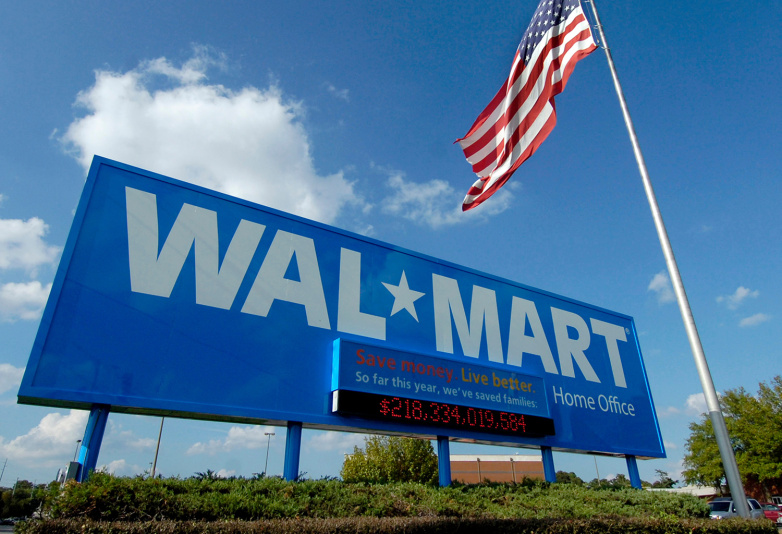
Back in 2017, Walmart launched a pilot project that made some of its old-school brick-and-mortar retail stores seem like futuristic testbeds. The chain began trialing robots that could scan shelves to make sure items display the correct price and that they’re in stock, a test that started out in 50 stores.
This year, those robots will have rolled out to 350 Walmart stores, making robots an increasingly familiar presence in the store’s aisles as shoppers hunt for the retail giant’s signature low-price deals.
What’s more, Walmart — which also happens to be the world’s largest retailer, making this project an interesting one to follow — announced just a few months ago that it’s going to have floor-scrubbing robots in a little less than half of its 4,700 US stores. Separate from the inventory-scanning robots, there will also be bots at some 1,700 stores that automatically scan boxes as they’re unloaded from delivery trucks so that they can be sorted on conveyor belts.
If it all sounds incredibly dystopian to see robot “workers” alongside customers — well, we can’t say Walmart didn’t warn us.
“The overall trend we’re seeing is that automating certain tasks gives associates more time to do work they find fulfilling and to interact with our customers,” CEO Doug McMillon said last year.
You can imagine where this is headed. Unfortunately, Walmart’s US CFO Michael Dastugue said in a recent conference call with analysts that “As we evolve, there are certain jobs that will go away.” Efficiency generated from automated robots seems to be part of the reason for that expectation.
As we said, this is an interesting project to watch unfold partly because of how mainstream this will make robotics feel to members of the general public. Consider: Some 90% of the US population lives within just 10 miles of a Walmart store. Relying on an increasingly robotics-heavy workforce is also expected to save Walmart a ton of money. That’s partly due to the simple fact of its size — and the size of its sprawling stores.
When you realize how big its supercenters can be (178,000 square feet) you can then start to imagine how expensive it is to operate one, in terms of paying employees as well as other costs. Walmart spent more than $2 billion in 2018 remodeling stores, money that was spent as a function of the retailer’s awareness that its stores need to change as economic forces around them likewise change.
